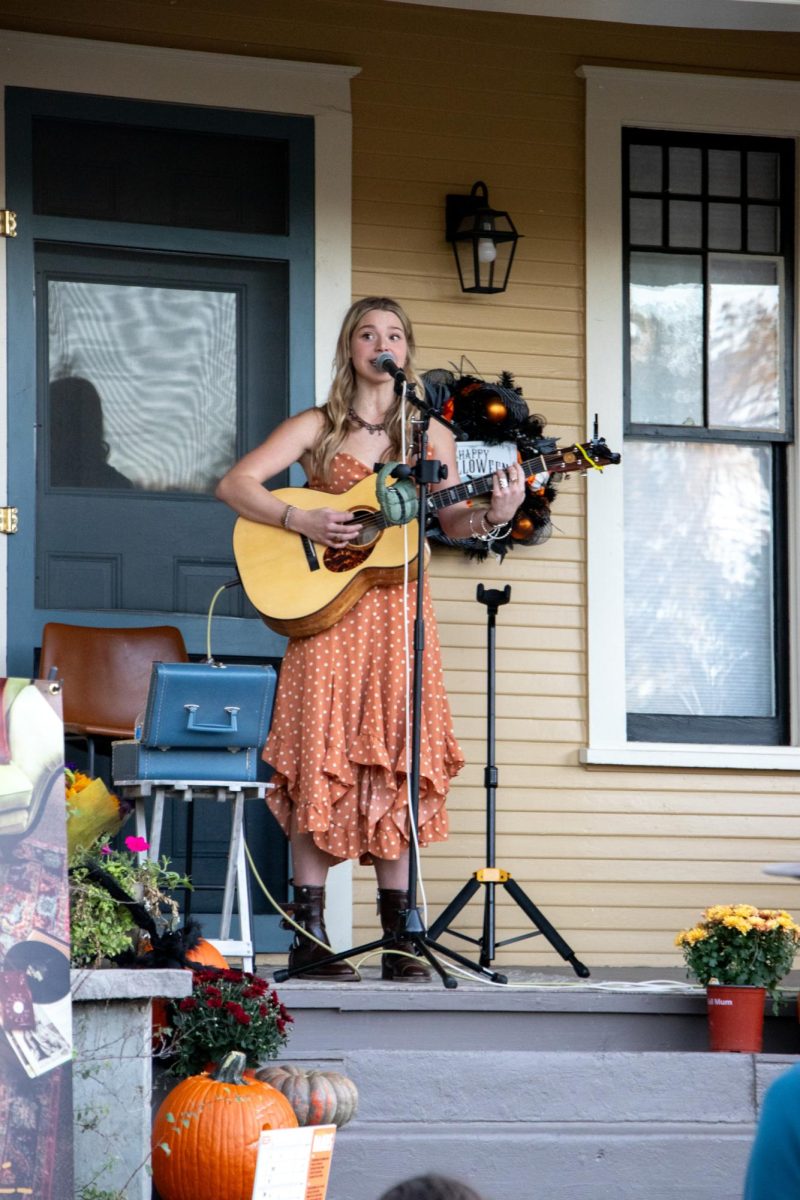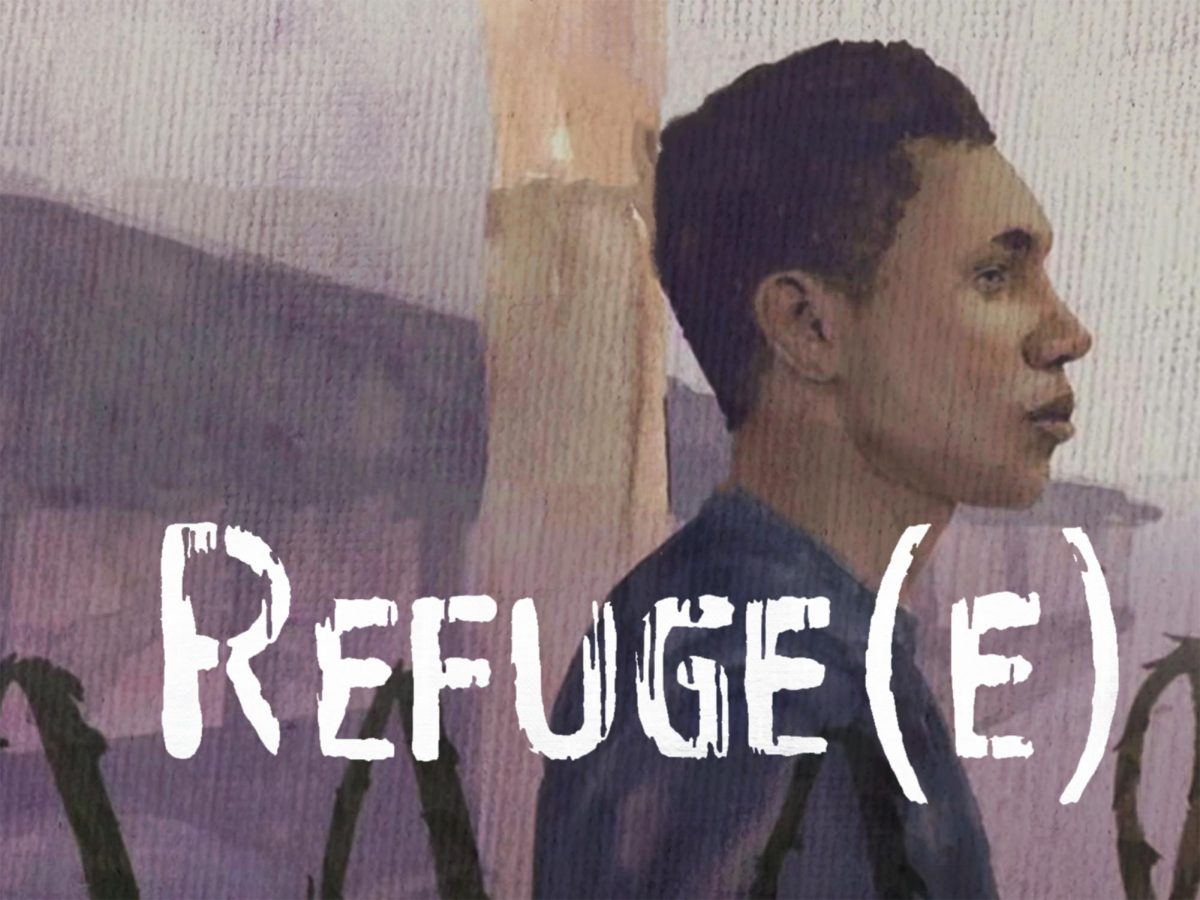Mass Communications professor Ken Durham loves snapping photos and taking adventures of the outdoors. With hiking and climbing, there are some safety tips to consider. Durham has some advice for students and outdoor activities
Do you think it’s important for students to hike?

If hiking is something they enjoy and that helps them unwind and stay fit, this is the ideal time and place. We have just about every type of terrain here or within a reasonable drive, and no end of mapped trails on public land. It would be a shame to look back years from now and only wish we had taken advantage of the opportunity to get out and put miles under our feet.
What are the best hikes in your opinion?
The best hikes are the ones that remain in your memory the longest – for whatever reasons. I can still remember hikes I took with my mom in this part of the country when I was five or six years old. I was seeing many things for the first time, learning about history, and it was thrilling. I think that if we seek out hikes that stretch our exposure to new places and new experiences, we’ll nearly always be on a “best hike.”
What is one thing to consider before going on a hike?
That you are responsible for your own safety. What that might entail depends on a number of factors – remoteness, possible weather, terrain, altitude, overall difficulty. It might be a simple as taking a map or leaving word with someone before you go; it might be as complex as taking appropriate technical equipment or snapping on a helmet. But if hiking is supposed to be fun, there’s no reason to take unnecessary risks or to push the limits of personal safety because of weather or uncertain terrain. Like they say, better to turn back a hundred times too soon than one time too late.
What is the most difficult hike around here that you have done or heard of?
Two fairly rigorous hikes I want to do are Mt. Garfield and the entire length of No Thoroughfare Canyon, from top to bottom. They’re difficult enough for my tastes, but still do-able for my boys, and they get good reviews.
What is the most important thing for students to bring when they go hiking?
Another person. That’s after the “ten essentials” of water, layers, light, fire, food, first aid, map and compass, and so forth. Not that two people can’t make mistakes or encounter difficulties, but hiking with someone really is the smartest move. And that is coming from someone who has hiked, and still hikes, alone at times.
What are some other important safety equipment students should consider?
Any items that have saved a life or can save a life could be considered safety equipment, but some are better than others. A smartphone can do a lot more than most people realize – but it can’t reach help without reception. So, beyond the “ten essentials,” I think some type of satellite-based emergency technology is a good bet. A true 406MHz personal locator beacon (PLB) is best, but a satellite communicator like an InReach or Spot can be a hedge against the unexpected as well. Of course, you have to be alive to use those things, so perhaps common sense is the best thing to take along.
What do all you take with you hiking?
Too much, usually! If it’s a remote hike at all, I take all the “essentials” in one form or another, but as weight-efficient as possible – like a LifeStraw for emergency water, a tiny LED flashlight, butane lighter, ultralight waterproof outer shell, that kind of thing. I carry my phone in airplane mode, mainly for photography. The one place I just give in and carry the weight is with a Garmin GPS for getting in and out, a PLB I hope I never have to use, and an InReach to keep my wife apprised of our location while the boys and I are gone. Oh, when I lived in Montana I got into the habit of carrying bear spray, so I have that on my belt, too. Sometimes peace of mind involves a little extra weight.








